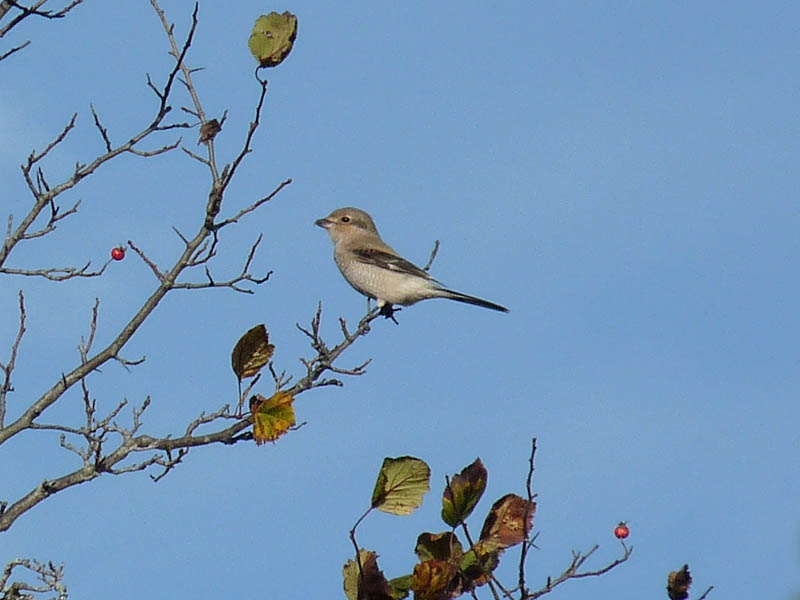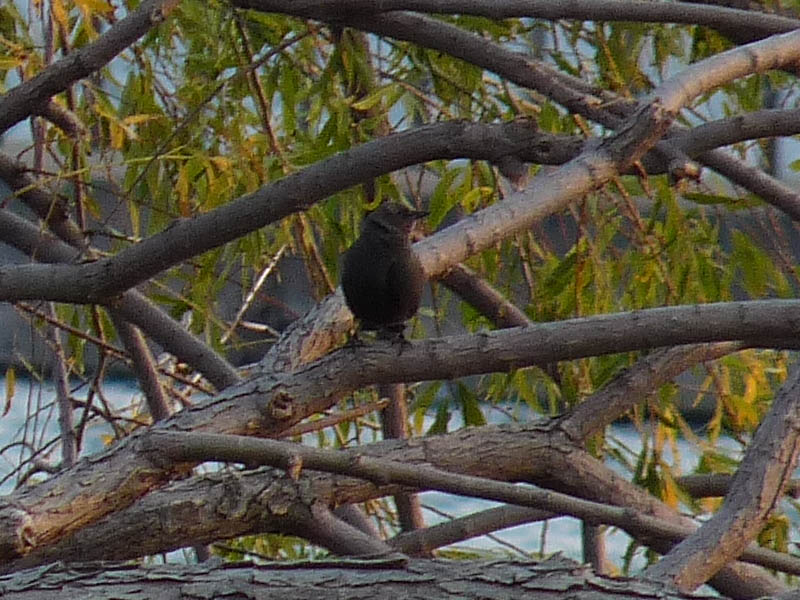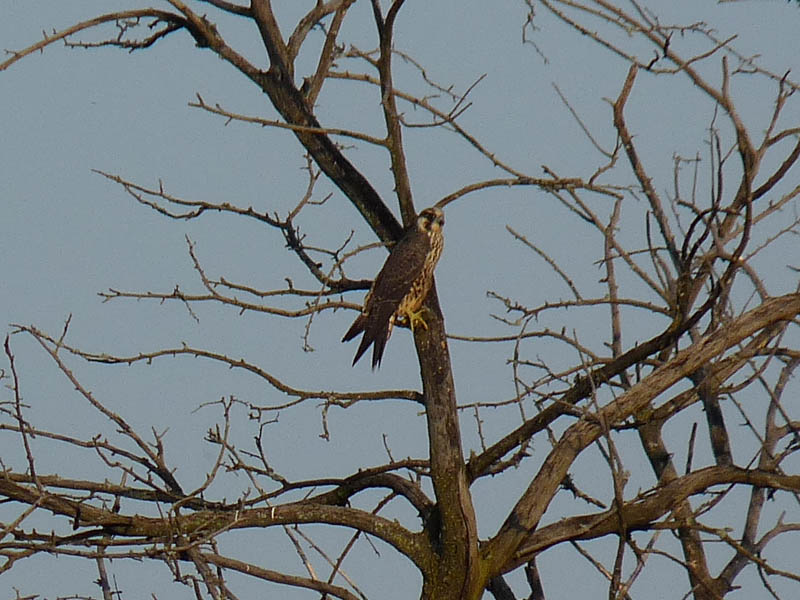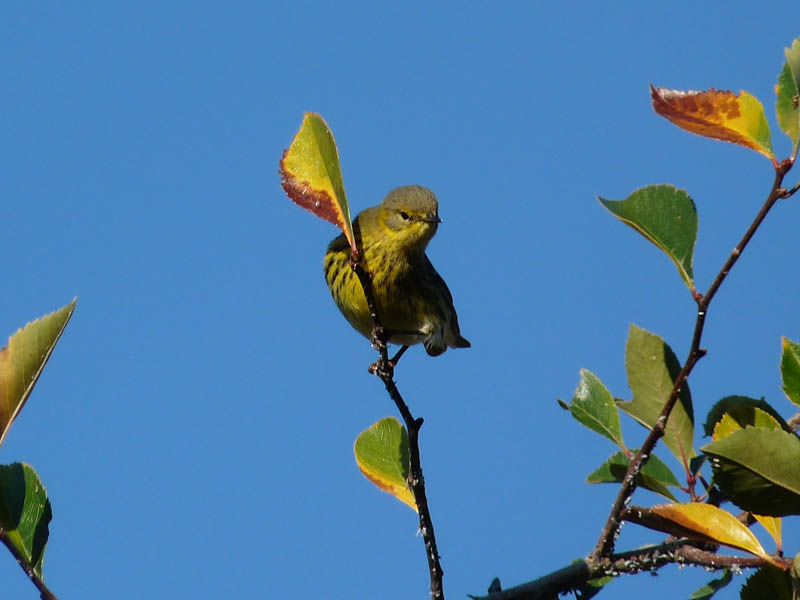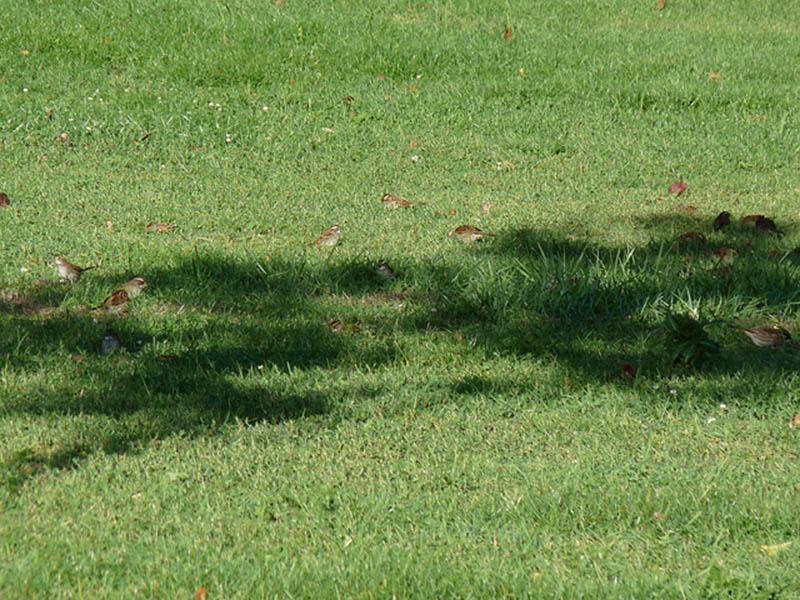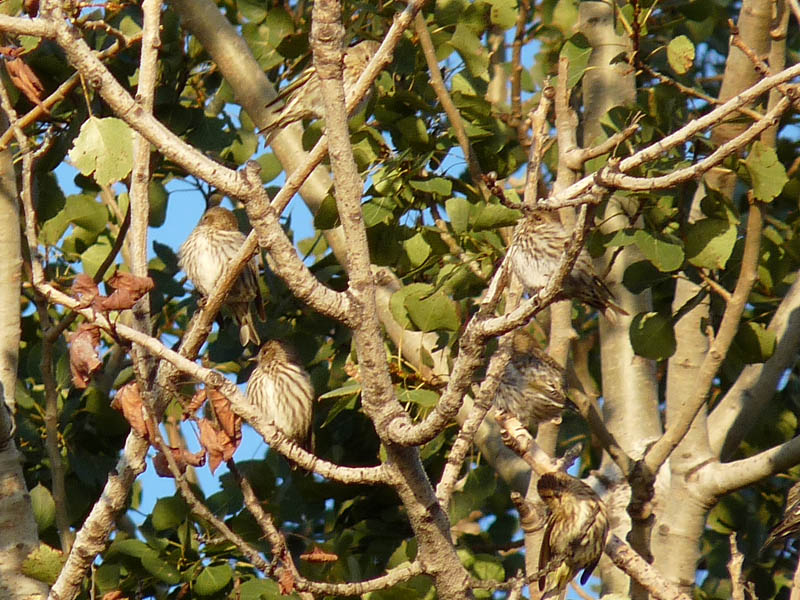
Pine Siskins (click to see the larger version)
You know it’s a good fall for Pine Siskins when they outnumber the American Goldfinches. We’re at the beginning of what can only be described as a Pine Siskin invasion. Hundreds have been seen migrating south along the Illinois Lake Michigan lakefront, and numbers have been increasing at Montrose for over a week. On October 5 I saw about 100, my best count this fall, and probably my highest total ever for Montrose. Like other winter finches, Pine Siskins are irruptive, which means their numbers vary from one year to another, sometimes dramatically (2019 saw hardly any for example). This has also been an excellent fall for Purple Finches and Red-breasted Nuthatches, so something is going on in the boreal forest where these birds are coming from. Hopefully we’ll get redpolls and crossbills later in the fall. Link to my eBird checklist for the morning below.
eBird Checklist
October 5, 2020

